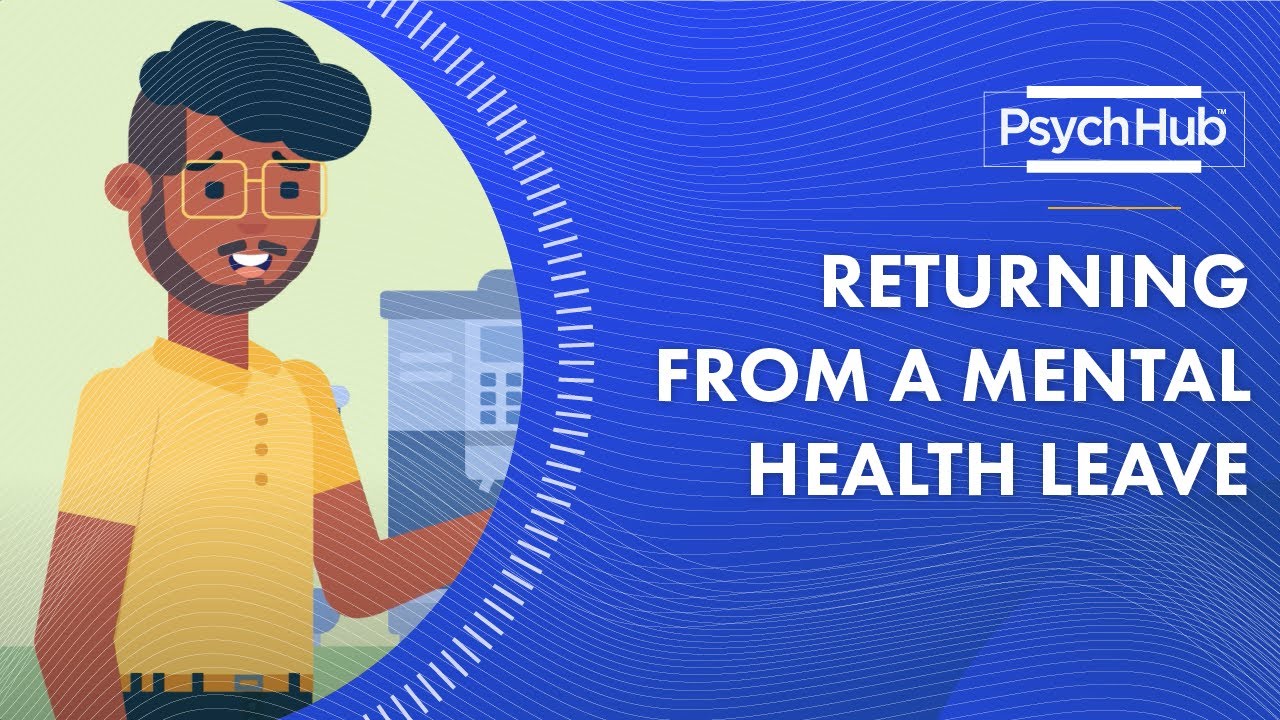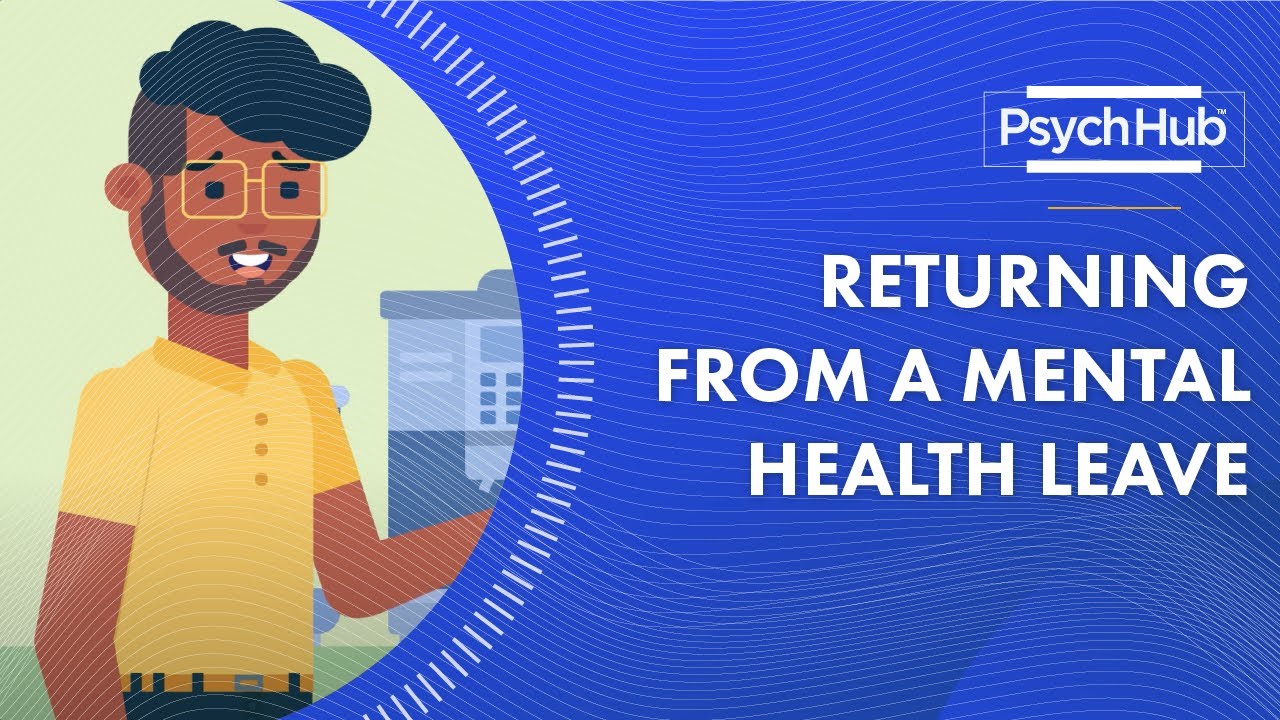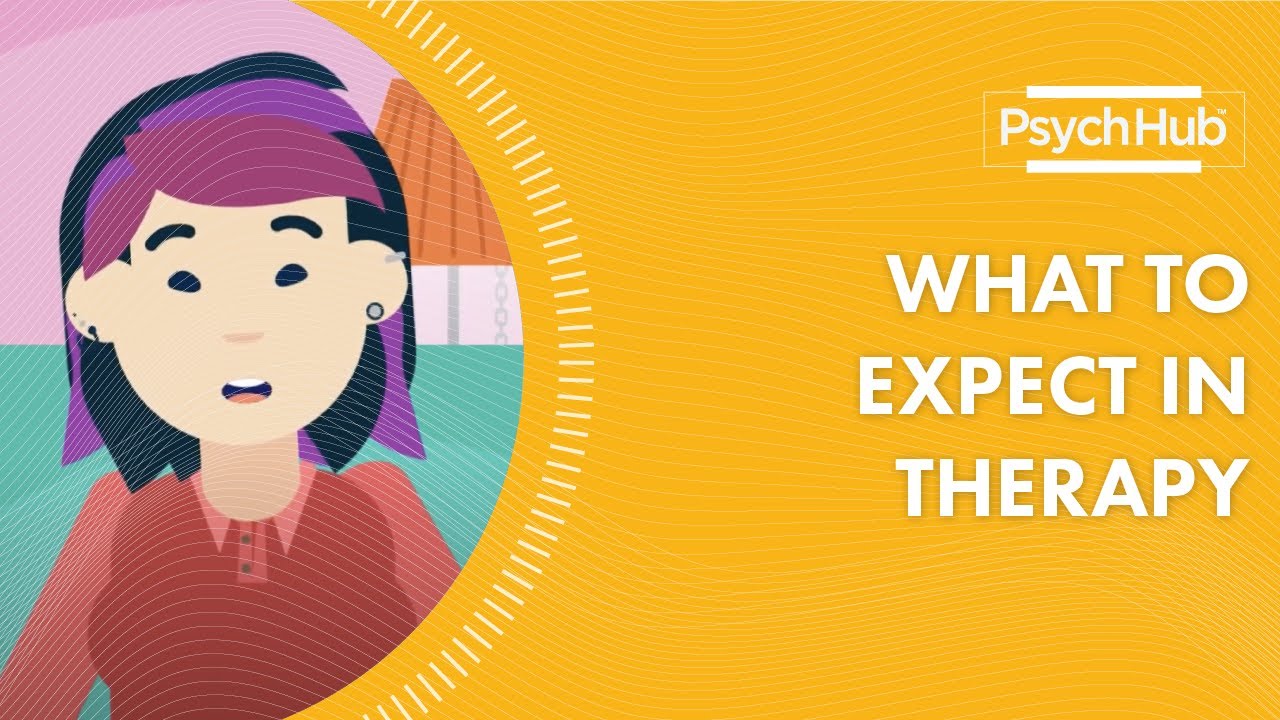Returning to work or college after a mental health leave can be a challenging and overwhelming experience. The thought of facing questions about your absence and catching up on missed tasks can create feelings of stress and unease. However, there are practical steps you can take to make this transition smoother and support your ongoing recovery. It’s important to work with your treatment team to discuss the best ways to transition back, set boundaries for what you’re comfortable sharing, and educate others about your health condition to ease their understanding. Routines, support from your family and community, and a clear plan will be invaluable tools as you navigate this journey of returning to work or college after seeking mental health treatment. Returning to work or college after taking a mental health leave can be a challenging and overwhelming experience. However, with the right strategies and support, it is possible to navigate this transition and continue on the path of recovery.
Mental Health Terminology
Before diving into the topic, it is essential to familiarize yourself with the terminology commonly used in the field of mental health. Understanding these terms will help you better communicate your needs and navigate discussions around your mental health. Some important terms include:
- Mental health: Refers to a person’s emotional, psychological, and social well-being.
- Mental illness: A condition that affects a person’s thinking, mood, behavior, or perception, often resulting in distress or impaired functioning.
- Therapy: The process of meeting with a trained mental health professional to discuss and address emotional and psychological challenges.
- Psychologist: A licensed professional who specializes in assessing, diagnosing, and treating mental health conditions.
- Psychiatrist: A medical doctor who specializes in diagnosing and treating mental illnesses using therapy, medication, or a combination of both.
Understanding these terms will help you communicate more effectively with your treatment team and advocate for your needs.
Positive Self-talk
During your transition back to work or college, it is important to be mindful of your self-talk. The way you speak to yourself can greatly impact your mindset and overall well-being. Positive self-talk involves replacing negative and self-critical thoughts with compassionate and affirming ones.
Instead of focusing on your perceived shortcomings or past struggles, try to reframe your thoughts in a more positive light. For example, if you catch yourself thinking, “I’ll never catch up on what I’ve missed,” try replacing it with, “I may have missed some time, but I am capable of catching up and moving forward.”
Practicing positive self-talk takes time and effort, but it can significantly improve your outlook and resilience during this transition.
Outpatient Behavioral Health
Outpatient behavioral health refers to mental health treatments that are provided on an outpatient basis, meaning you do not require hospitalization or stay at a treatment facility. Outpatient care allows you to receive necessary mental health support while still maintaining your daily routine.
Some common types of outpatient behavioral health services include individual therapy, group therapy, medication management, and psychoeducation. These services are usually provided by licensed mental health professionals in an office or clinic setting.
Outpatient care offers flexibility and a personalized approach to treatment. It allows you to continue your everyday activities while receiving the support you need to manage your mental health.
How to Practice Mindfulness
Mindfulness is a practice that involves paying attention to the present moment without judgment. It can be a helpful tool in managing stress, reducing anxiety, and improving overall well-being.
To incorporate mindfulness into your daily life, try the following steps:
- Find a quiet and comfortable space where you can sit or lie down.
- Close your eyes and take a few deep breaths, focusing on the sensation of the air entering and leaving your body.
- Bring your attention to your body and notice any sensations, such as the feeling of your feet on the ground or the weight of your body on the chair.
- Shift your focus to your thoughts and emotions without getting caught up in them. Imagine observing them as clouds passing by in the sky.
- Continue to bring your attention back to the present moment whenever your mind wanders.
- Practice this exercise for a few minutes each day and gradually increase the duration as you become more comfortable.
By incorporating mindfulness into your routine, you can cultivate a greater sense of calm and resilience as you navigate the challenges of returning to work or college.
Mental Health and Social Media
In today’s digital age, social media plays a significant role in our lives. While it offers opportunities for connection and support, it can also negatively impact our mental health if used excessively or in an unhealthy manner.
It is essential to be mindful of how social media affects your well-being. Here are some tips to maintain a healthy digital life:
- Limit your screen time: Set boundaries for how much time you spend on social media each day. Consider using apps that track and limit your screen time.
- Curate your feed: Unfollow accounts that trigger negative emotions or comparison. Follow accounts that promote positivity, self-care, and mental health awareness.
- Take breaks: It’s important to take regular breaks from social media to avoid becoming overwhelmed or addicted. Designate specific times of the day or week for technology-free activities.
- Engage mindfully: Before posting or commenting, consider how it may impact others. Use social media as a platform for supporting and uplifting others rather than engaging in negative or harmful discussions.
By practicing mindful social media usage, you can create a healthier and more positive online environment for yourself.

Symptoms of Major Depressive Disorder
Major Depressive Disorder (MDD) is a common mental health condition characterized by persistent feelings of sadness, loss of interest or pleasure, changes in appetite or sleep patterns, and difficulty concentrating or making decisions.
Recognizing the symptoms of MDD is crucial for seeking appropriate treatment and support. Some common symptoms include:
- Persistent depressed mood
- Loss of interest or pleasure in activities
- Significant changes in appetite or weight
- Insomnia or excessive sleep
- Fatigue or loss of energy
- Feelings of worthlessness or guilt
- Difficulty concentrating or making decisions
- Recurrent thoughts of death or suicide
If you are experiencing any of these symptoms, it is important to reach out to a licensed mental health professional for an evaluation and appropriate care.
What to Expect in Therapy
Therapy is a valuable tool for managing mental health challenges and supporting recovery. Understanding what to expect in therapy can help alleviate any apprehensions or uncertainties you may have.
In therapy, you can expect to:
- Develop a therapeutic relationship with a trained mental health professional
- Collaboratively establish goals and objectives for treatment
- Discuss and explore emotions, thoughts, and behaviors related to your mental health
- Learn coping skills and strategies to manage symptoms and improve overall well-being
- Receive support, validation, and guidance in a non-judgmental environment
- Work through past traumas or experiences that may be impacting your mental health
- Make progress towards your goals at a pace that feels comfortable for you
Therapy is a personalized and individualized process, and the frequency and duration of sessions will depend on your unique needs and treatment goals.
Mental Health Myths
There are many misconceptions and myths surrounding mental health. Educating yourself and others about these myths is essential to challenge stigma and promote understanding. Some common mental health myths include:
- Myth: Mental illness is a sign of weakness.
- Myth: People with mental illnesses are dangerous or violent.
- Myth: Therapy is only for people with severe mental illnesses.
- Myth: Medication is the only effective treatment for mental health conditions.
- Myth: Mental health problems are not real medical conditions.
- Myth: People with mental health conditions can simply “snap out of it” if they try hard enough.
- Myth: Only certain demographics or types of people experience mental health conditions.
- Myth: Asking for help is a sign of failure or inadequacy.
By debunking these myths and promoting accurate information, we can create a more compassionate and supportive environment for individuals dealing with mental health challenges.
How to Tell if Therapy is Working
Monitoring the progress and effectiveness of therapy is an important aspect of mental health care. While progress looks different for everyone, there are some key indicators that therapy is working for you:
- Improved symptom management: You may find that your symptoms are becoming more manageable or less intense.
- Increased self-awareness: Therapy can help you gain insight into your thoughts, feelings, and behaviors, allowing you to make positive changes.
- Better coping skills: As you continue in therapy, you may develop new coping skills and strategies to handle challenges and stressors in a healthier way.
- Enhanced relationships: Therapy can improve your communication and interpersonal skills, leading to healthier and more fulfilling relationships.
- Increased hopefulness: Over time, you may start to feel more hopeful about your future and your ability to navigate challenges.
Remember, therapy is a journey, and progress may not always be linear. It’s important to communicate with your therapist about your goals, needs, and any concerns you may have.
Individual Therapy vs. Group Therapy
When returning to work or college after a mental health leave, you may have the option to engage in individual therapy or group therapy. Both modalities have unique benefits and can support your recovery process.
Individual therapy involves one-on-one sessions with a licensed mental health professional. It provides a safe and confidential space to explore your thoughts, feelings, and experiences. Individual therapy allows for personalized attention and can address specific concerns or challenges you may be facing.
Group therapy involves participating in therapy sessions with a small group of individuals who share similar experiences or mental health concerns. Group therapy provides an opportunity to connect with others, gain support, and learn from different perspectives. It can be particularly beneficial for reducing feelings of isolation and building a sense of community.
The choice between individual therapy and group therapy ultimately depends on your personal preferences and treatment goals. Some individuals find it helpful to engage in a combination of both, while others may prefer one modality over the other.
Mental Health and Racism
It is important to acknowledge the intersection between mental health and racism. Racism can have a profound impact on an individual’s mental well-being and contribute to mental health disparities within marginalized communities. The experience of racism can lead to stress, trauma, and a range of mental health challenges.
When returning to work or college, it is crucial to be aware of the potential impact of racism on your mental health and seek appropriate support. Some strategies for addressing these challenges include:
- Connecting with mental health professionals who have cultural competence and understand the impact of racism on mental health.
- Seeking out support from diverse communities or affinity groups to find understanding and validation.
- Engaging in self-care practices that prioritize your mental, emotional, and physical well-being.
- Educating yourself and others about systemic racism and the ways it impacts mental health.
By acknowledging and addressing the impact of racism on mental health, we can work towards creating more inclusive and supportive environments for all individuals.
Family Therapy
Family therapy can be an essential component of the recovery process when returning to work or college after a mental health leave. It involves engaging in therapy sessions with family members to improve communication, resolve conflicts, and strengthen familial relationships.
Family therapy can provide valuable support as you navigate the challenges of returning to your daily life. It offers an opportunity for open dialogue, understanding, and the development of healthy coping mechanisms within the family system.
Therapists who specialize in family therapy can guide the process and facilitate meaningful conversations that promote healing and growth. Engaging in family therapy can help create a supportive and nurturing environment as you reintegrate into work or college.
Social Determinants of Health
The social determinants of health are the social, economic, and environmental factors that influence an individual’s health outcomes. When returning to work or college, it is important to be aware of how these factors can impact your mental health.
Some social determinants of mental health include:
- Socioeconomic status: Access to resources and opportunities can greatly influence mental well-being.
- Education: A lack of access to quality education can contribute to mental health disparities.
- Housing: Stable and safe housing is essential for maintaining good mental health.
- Support networks: Social support and community connections play a crucial role in mental well-being.
- Discrimination and inequality: Experiencing discrimination or inequality can negatively impact mental health.
By recognizing the social determinants of health, you can advocate for policies and resources that address these factors and promote mental wellness for all individuals.
Psychotherapy
Psychotherapy, also known as talk therapy, is a fundamental component of mental health treatment. It is a collaborative process between a licensed therapist and an individual seeking support and guidance.
In psychotherapy, you can explore a wide range of topics related to your mental health, including your thoughts, feelings, behaviors, and relationships. Through open and honest conversations, your therapist can help you gain insight, develop coping strategies, and navigate challenges.
There are various types of psychotherapy, including cognitive-behavioral therapy (CBT), dialectical behavior therapy (DBT), psychodynamic therapy, and more. Each type of therapy has its own approach and techniques, so it’s important to find a therapy modality that aligns with your needs and goals.
Returning to work or college after a mental health leave can be challenging, but with the support of therapy, you can develop the tools and resilience to navigate this transition successfully.
In conclusion, returning to work or college after a mental health leave requires patience, self-compassion, and a strong support system. By familiarizing yourself with mental health terminology, practicing positive self-talk, seeking outpatient behavioral health services, practicing mindfulness, being mindful of social media’s impact, recognizing symptoms of major depressive disorder, and understanding therapy, you can make a smoother transition. It’s also important to challenge mental health myths, monitor the effectiveness of therapy, consider individual or group therapy, address the impact of racism on mental health, engage in family therapy if needed, recognize social determinants of health, and utilize psychotherapy for ongoing support. Remember, your mental health and well-being are a priority, and with the right tools and resources, you can successfully navigate this transition and continue on your journey of recovery.



